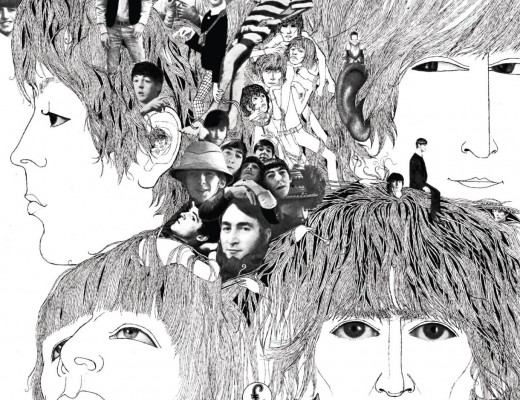The Reader on the 6:27 is French author Jean-Paul Diderlaurent’s first novel. The book was published in 2014 and has been such a success that it will be translated into 25 languages!
Synopsis
Guylain is a sensitive, kind and intelligent young man. But he works in a factory that destroys the books that are unsold in bookstores, feeding The Thing, a horrible machine that consumes tons of paper every day. Guylain loves books, and as he goes to work each day on the 6:27 train, he reads a few loose sheets of paper from the books destroyed at the factory the day before.
My opinion
I absolutely LOVED this book. It is a real diamond in the rough, hidden behind its forgettable book cover.
I am not sure how to properly translate all of my enthusiasm for this wonderful literary discovery: the style is precise and true, the story is original and the vocabulary is varied but understandable. It is quite simply a fantastic book.
It reminded me of French novel L’Ecume des jours by Boris Vian – Froth on the Daydream in English – but with an back-to-front structure. At the beginning of Froth on the Daydream the whole universe is sunny and positive and positively Technicolor before descending into darkness, narrowness, cobwebs and coldness.
On the other hand, Jean-Paul Diderlaurent starts off The Reader on the 6:27 by describing every aspect of Guylain’s miserable existence before letting the reader observe as the main character slowly manages to poke his head out of the water, thanks to various books and USB drives.
Each “positive” character had their own unique charm: an aging man who only speaks in alexandrines, a toilet lady who writes in her diary in her spare time and a handicapped man who spends his life trying to retrieve his lost legs.
Furthermore, the bad guys are simply horrible: they are perverse people who actually enjoy destroying the books, who take pleasure in looking closely at each copy so as to better appreciate their immediate destruction. The reader really learns to hate the characters that spend their time destroying things. Because of them, you feel all the empathy in the world for Guylain who feels as guilty about his job as an executioner witnessing a genocide. Also, the personification of The Thing is quite incredible: the horrible machine that “eats” the unsold books, the failures of the publishing world, is presented as a monster with a life of its own.
If you still aren’t convinced, I have one last thing to say: Jean-Paul Diderlaurent’s writing style won me over completely. I often find it difficult to read in French because the text seems cold and distant but his words were so dynamic and full of life that I was hooked only a few lines in. I simply can’t say this enough: you really have to read this book!











2 Comments
Bonjour Anne et merci beaucoup pour ton commentaire ! J’espère que mon choix de mots ne t’empêchera pas de découvrir ce roman, ce serait trop dommage ! D’ailleurs j’ai mis les termes “méchants” et “positifs” entre guillemets car c’est peut-être un peu trop simple ;) En tout cas les personnages centraux sont complexes, avec des facettes de leurs personnalités qui sont dévoilées au compte goutte, et ils font des choix qui sont parfois étonnants pour le lecteur d’ailleurs… Mais on en redemande ! N’hésite pas à me faire un nouveau retour si jamais tu finis par découvrir cette belle histoire par toi-même !
Bonjour, j’avais déjà remarqué ce roman et ce que tu en dis me donne encore plus envie de le lire :) Cependant, j’aime les personnages nuancés ( ni tout blanc, ni tout noir ) et ce que tu écris ( ta partie sur les “méchants” et les “gentils”) me fait un peu peur du coup !
Anne